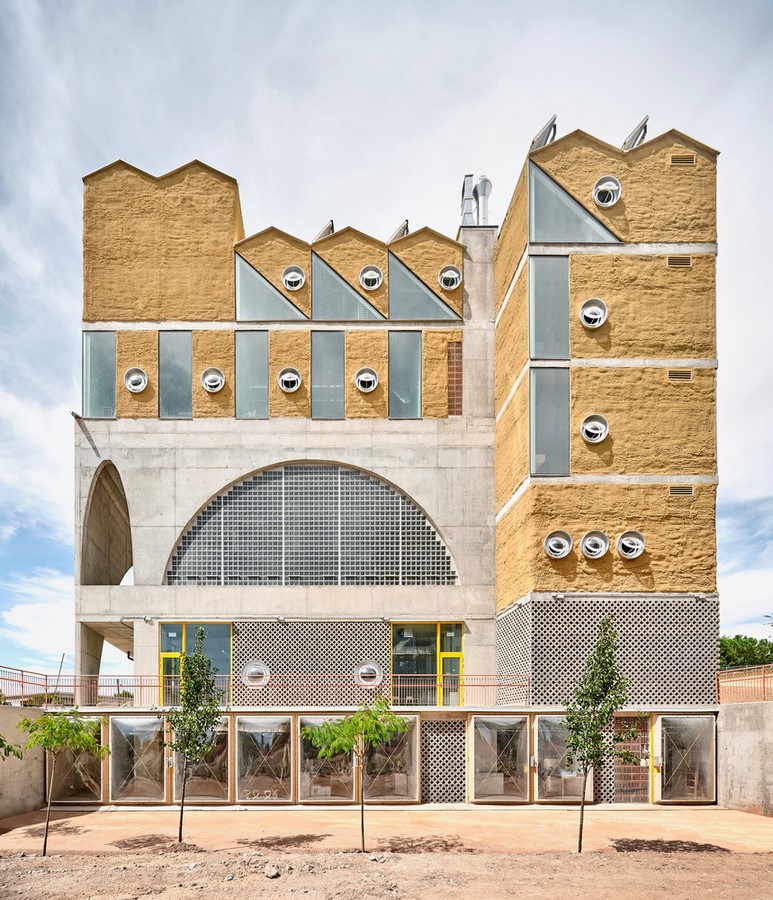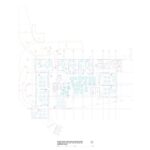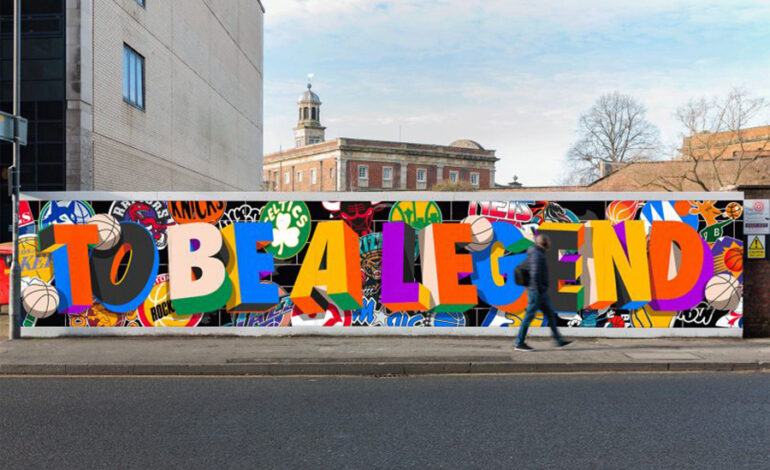At the heart of the design for the Reggio School lies a profound belief in the power of architectural environments to ignite children’s curiosity and foster self-driven learning. Inspired by pedagogical principles championed by Loris Malaguzzi and parents in Reggio nell’Emilia, Italy, the school is envisioned as a dynamic ecosystem where students can actively shape their educational journey through collective exploration and inquiry.

Embracing Ecological Engagement
Going beyond conventional notions of sustainability, the Reggio School embraces ecology as a guiding ethos. It transcends mere environmental impact to integrate considerations of environmental stewardship, material mobilization, collective governance, and pedagogical innovation within its architectural framework.
Diversity and Complexity in Design
The architecture of the Reggio School eschews homogeneity in favor of diversity, creating a multilayered environment that encourages self-education. The building is conceived as a vertical progression, with each level offering a unique experience tailored to different age groups. From classrooms nestled amidst the terrain to upper levels featuring indoor gardens and communal spaces, the design reflects a commitment to nurturing students’ exploration and maturity.
A Hub for Human and Non-Human Interaction
Central to the school’s ethos is the concept of the “more-than-human assembly,” embodied in a vast void on the second floor that opens up to surrounding ecosystems. This space serves as a social plaza where students and teachers can engage with nature, participate in school governance, and contemplate their place within the broader ecological landscape.

Mechanical Systems as Educational Tools
In a departure from conventional practice, the Reggio School celebrates the visibility of mechanical systems as pedagogical opportunities. Exposed pipes, conduits, and wires serve as tangible reminders of the building’s inner workings, inviting students to explore the interconnections between human activity and environmental systems.
Affordable Environmental Strategies
Despite budget constraints, the Reggio School prioritizes environmental sustainability through innovative design strategies:
- Verticality: By opting for a compact vertical design, the school minimizes land occupation and reduces its overall environmental footprint.
- Material Reduction: Eschewing claddings and other superfluous materials, the school significantly reduces construction waste and enhances energy efficiency.
- Living Isolation: The use of cork wrapping not only provides thermal insulation but also fosters biodiversity, turning the building envelope into a habitat for diverse forms of life.
- Structural Efficiency: Through meticulous structural analysis, the building’s loading walls are optimized to minimize material usage and embedded energy.
In conclusion, the Reggio School exemplifies a holistic approach to educational architecture, where ecological engagement, pedagogical innovation, and sustainable design principles converge to create a dynamic and inspiring learning environment.
















